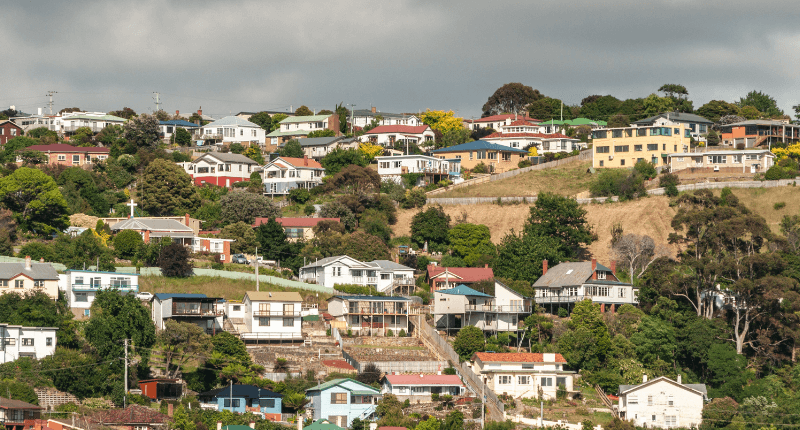- More investors seeking alternative assets to diversify their portfolio
- Hotly contested alternative assets have become less attractive
- Unconventional assets like caravan parks or cold storage becoming popular
Perplexing property picks are piquing investor interest as unorthodox assets gain momentum.
This trend intensified during Covid when investors sought to diversify their portfolios as interest rates plummeted. Alternative assets like fast food, service stations, and childcare skyrocketed in popularity.
However, as these traditionally alternative assets have become highly sought after, other investors turned their attention towards less conventional purchases, looking for ‘alternatives’ that are cheaper or possess better future growth.
Ray White‘s Vanessa Rader identified six types of assets where investors are parking their money, from storage to caravan parks and more, there is one asset you will likely never have thought of.
Parking investments in multi-storey
Car parks cover a range of assets, including single-space car parks though to large multistorey facilities.
While a large chunk of these assets are owned privately, said Rader, there are some institutional and offshore activity in the space, as car parks often involve large plots of land.
“The longer term development potential is often a motivator for the parking sector, however, robust returns, particularly in major cities, make parking an attractive investment option, albeit often attracting high levies and taxes imposed by state or local governments recoverable by occupiers,” said Rader.
On the road again
Caravan parks are a top pick among private investors. Though the returns for these assets have endured periods of instability, they remain attractive as post-pandemic domestic tourism begins to pick up.
Buyers often landbank these assets while holding them to enjoy steady returns. However, they are usually situated in tourism nodes, susceptible to elements that harm future development, like flooding and bushfires.
Build-to-rent before it was in vogue
With the nation’s rents and home prices continuing to rise with no end in sight, boarding houses have gained the attention of more investors.
“A build-to-rent type asset before build-to-rent was a thing, these assets range significantly in size and quality with a number of more modern facilities being completed in recent years, removing the stigma surrounding some of these assets,” said Rader.
While they are typically used for short-term stays, the ongoing cost of living crisis may increase the relevance of these assets long term.
Beating the heat with cold storage
Australia’s population growth has driven a surge in demand for facilities capable of storing and distributing perishable food and pharmaceutical products.
Technological advancements over the past decades have seen the asset class grow, drawing the interest of institutional and offshore buyers. However, the rate at which technology improves can make assets in these classes obsolete, creating a widening gap between prime and secondary assets.
A home for your belongings
Storage assets have existed for quite some time, with the profitability of large storage facilities having gained the attention of institutional investors, said Rader.
More attention has been paid to cheaper, smaller units under 200 square metres, which have recorded a large amount of owner-occupier activity before the COVID-19 pandemic. Occasionally referred to as ‘man caves’, individuals use facilities to store items used for recreational purposes like caravans, boats, or cars.
Cemeteries and churches
Some private buyers are undeterred by the seemingly inauspicious nature of owning a cemetery, and are willing to manoeuvre through the red tape required to hold this asset, said Rader.
“These assets typically are unable to be built upon or disrupted, the cemetery needs to be catalogued for historic record keeping, and the incoming owner may have the responsibility of caretaking and making the property available for those wanting to visit.”
While churches are not as heavily restricted, they are still subject to local zoning laws regulating their allowable use.
Many churches have been repurposed into commercial or residential assets. Older properties may have issues obtaining redevelopment approval due to heritage considerations.
The history of the property and architecture of the church is key for occupiers or investors looking to purchase or redevelop churches.








